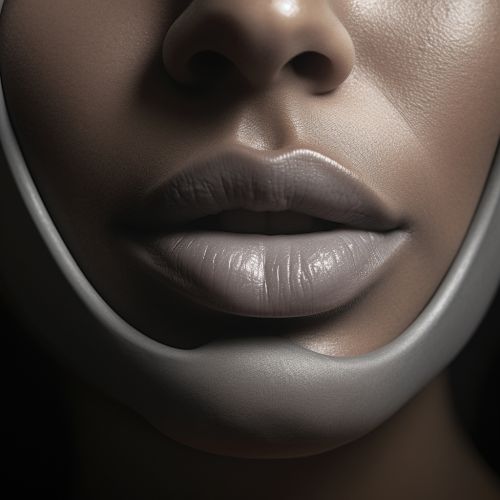Rhinitis
Overview
Rhinitis is an inflammation of the nasal mucosa, a condition that affects the nose and can also impact the eyes, ears, and throat. It is characterized by symptoms such as nasal congestion, sneezing, and a runny nose. Rhinitis can be classified into two main types: allergic rhinitis and non-allergic rhinitis. Allergic rhinitis, also known as hay fever, is triggered by allergens such as pollen, dust mites, and animal dander. Non-allergic rhinitis, on the other hand, is not driven by the immune system and its triggers can include irritants like smoke, changes in weather, certain medications, and foods.


Causes
The causes of rhinitis vary depending on the type. In the case of allergic rhinitis, the condition is caused by an overreaction of the immune system to certain allergens. When a person with allergic rhinitis breathes in an allergen, their immune system reacts by releasing chemicals like histamine, which cause the symptoms of rhinitis. Common allergens include pollen, dust mites, mold spores, and animal dander.
Non-allergic rhinitis is not caused by an immune system reaction. Instead, it can be triggered by a variety of factors including certain medications, changes in weather, infections, and exposure to irritants like smoke, strong odors, and chemical fumes. Some people may also develop non-allergic rhinitis as a result of hormonal changes or health conditions such as hypothyroidism or GERD.
Symptoms
The symptoms of rhinitis can vary in severity and duration, but they typically include nasal congestion, a runny nose, and sneezing. Other symptoms can include itching in the nose, eyes, or throat, and watery, red, or swollen eyes (also known as allergic conjunctivitis). In some cases, people with rhinitis may also experience a reduced sense of smell, facial pain or pressure, and a postnasal drip, which can cause coughing, a sore throat, and hoarseness.
Diagnosis
Diagnosis of rhinitis typically involves a physical examination and a review of the patient's medical history. The doctor may examine the inside of the nose to check for signs of inflammation and may also look for other signs of allergies, such as swollen eyes or an inflamed throat. In some cases, further tests may be needed to confirm the diagnosis and identify the specific allergens causing the symptoms. These can include a skin prick test, a blood test, or a nasal smear.
Treatment
Treatment for rhinitis aims to reduce symptoms and improve the patient's quality of life. This can be achieved through a combination of avoiding known triggers, medication, and in some cases, immunotherapy.
Medications used to treat rhinitis can include antihistamines, which block the action of histamine, corticosteroids, which reduce inflammation, and decongestants, which shrink swollen blood vessels in the nasal passage. In the case of allergic rhinitis, immunotherapy (also known as allergy shots) may be recommended. This involves gradually increasing doses of the allergen being injected over several years to desensitize the immune system.
Prevention
Prevention strategies for rhinitis primarily involve avoiding known triggers. For people with allergic rhinitis, this can mean avoiding outdoor activities when pollen counts are high, keeping windows closed during pollen season, and using air purifiers to reduce indoor allergens. Regular cleaning to reduce dust mites and mold, and avoiding exposure to smoke and strong odors can also help prevent symptoms.
